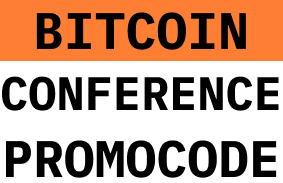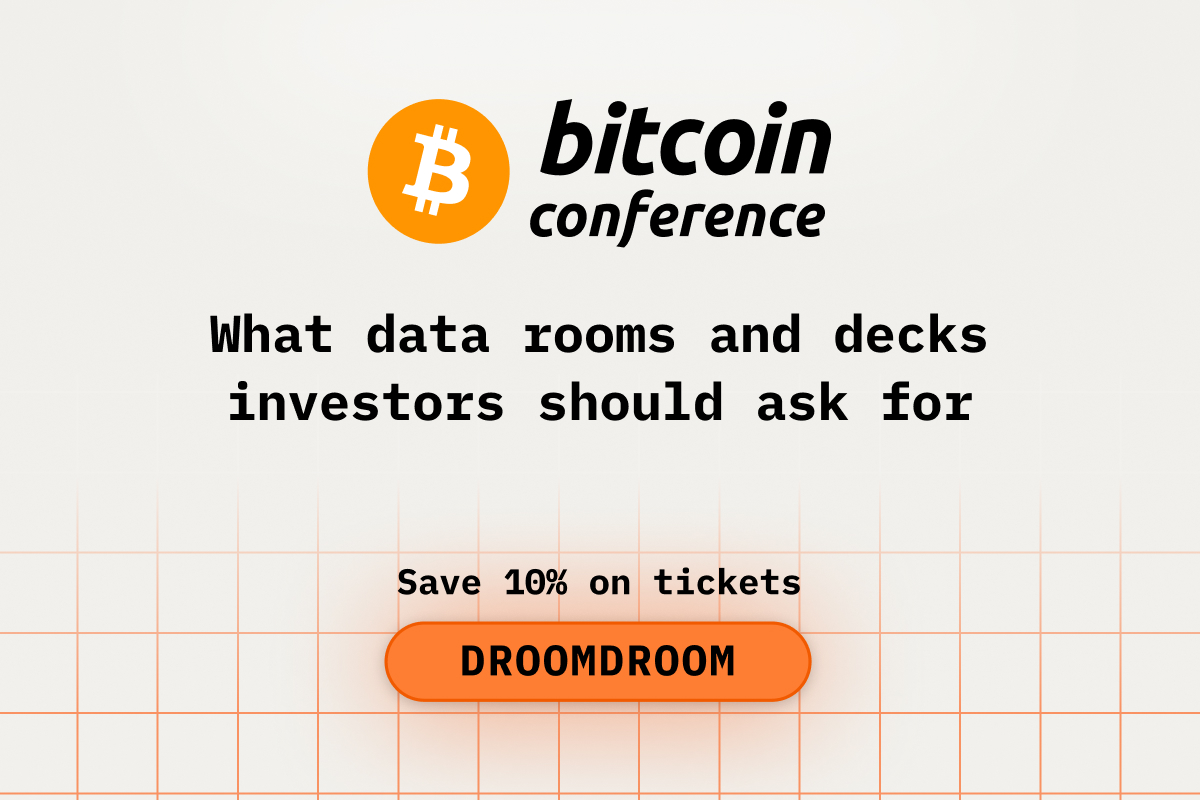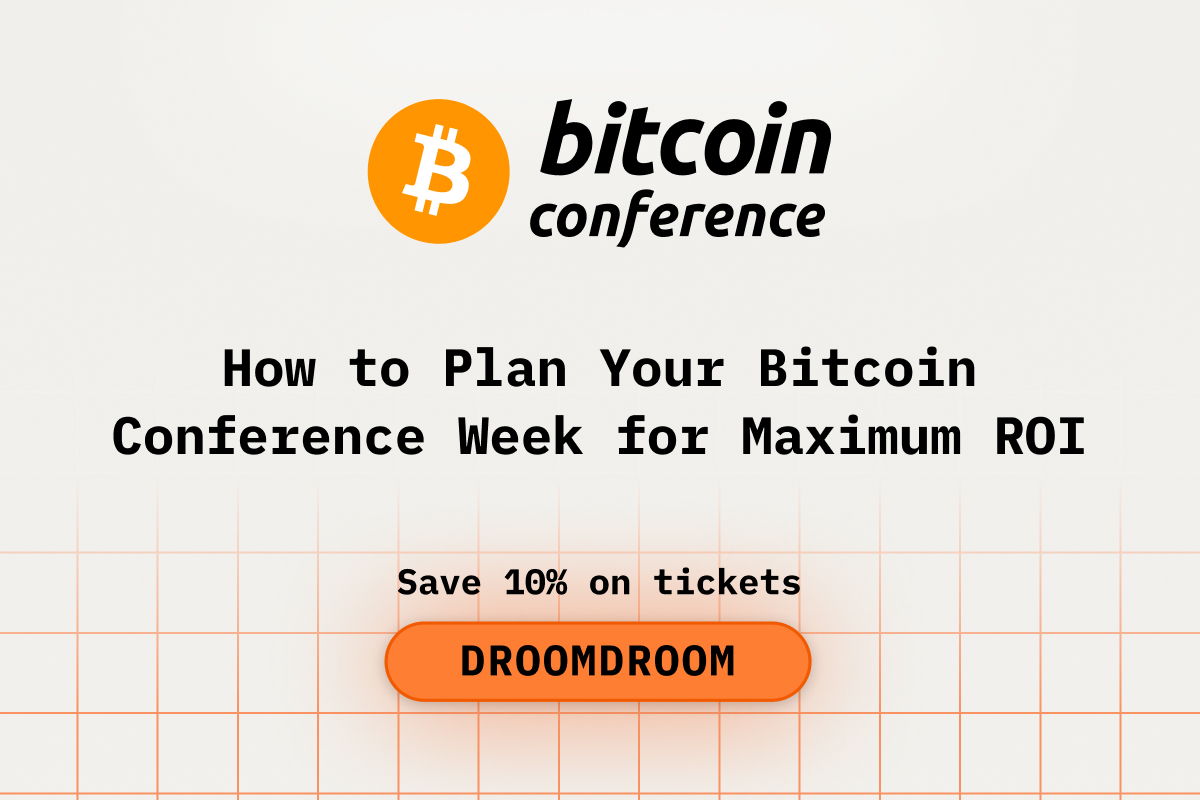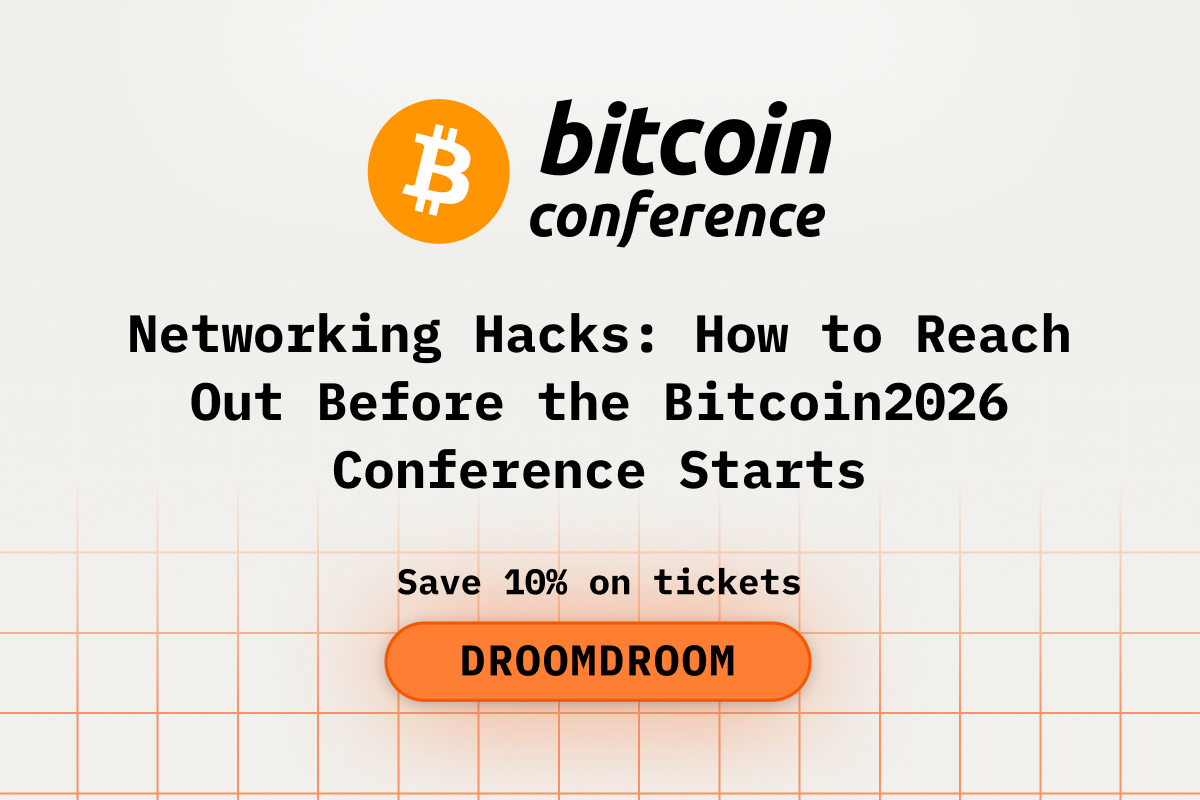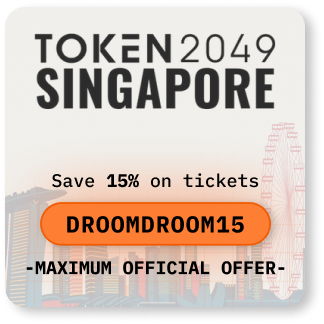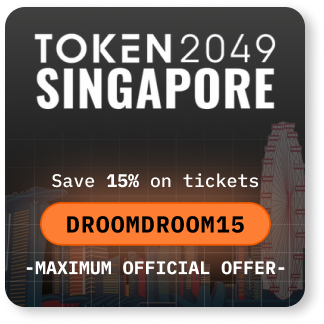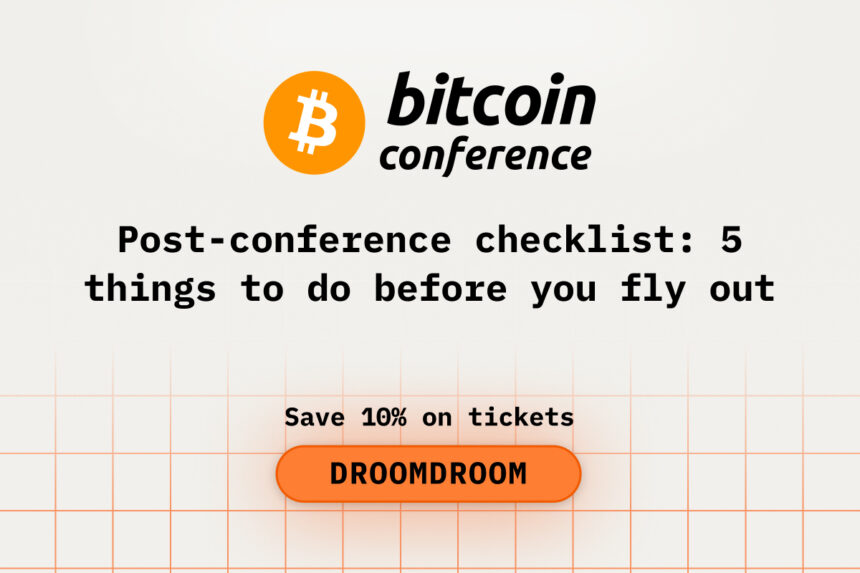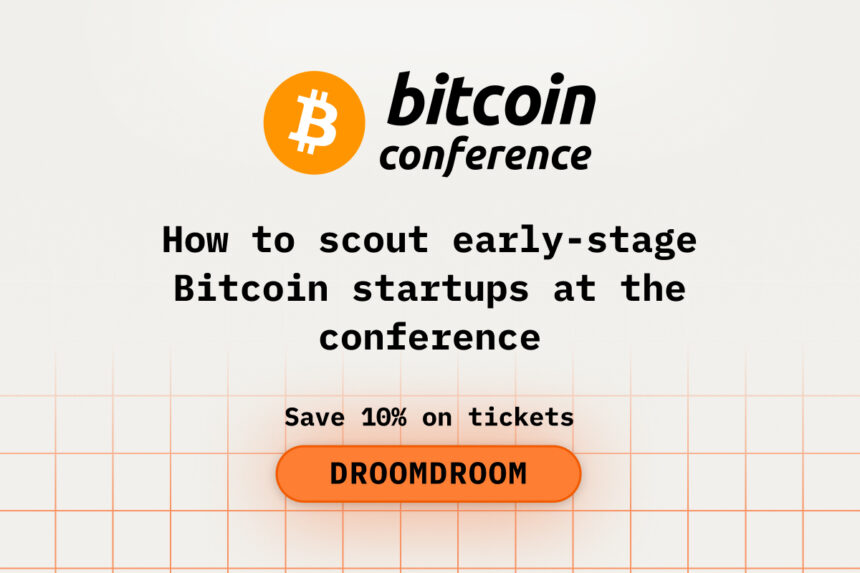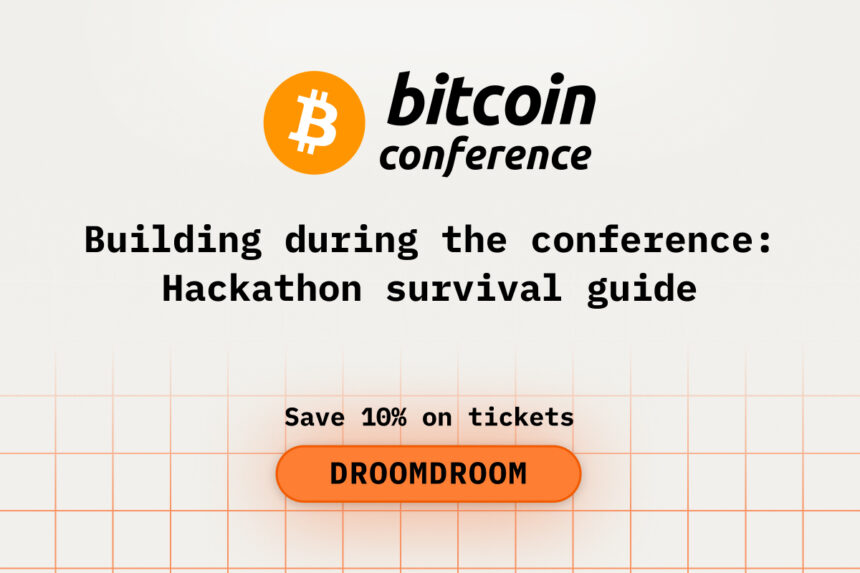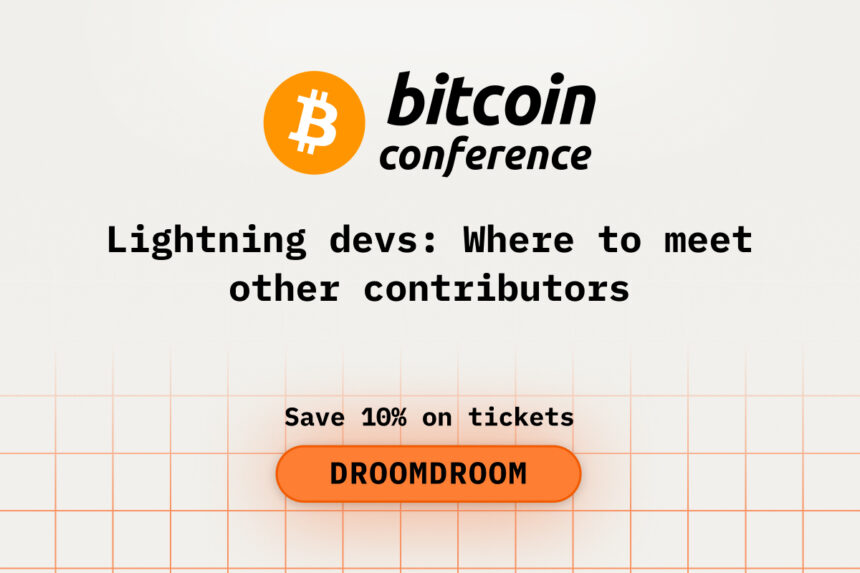Bitcoin2026 is not only a showcase of new ideas—it’s a high-velocity environment where investors evaluate dozens of pitches, decks, and data rooms in a short span. Founders and startups will bring impressive storytelling, but as an investor you need substance behind that story. What documents, metrics, structure, and clarity should you insist upon so you can separate serious teams from those riding momentum? Below is a guide on what to request in data rooms and decks during and after Bitcoin2026, so your decisions are based on signal, not just hype. And if you’re preparing to attend…
- Why a Well-Organized Data Room Matters
- Key Documents and Folders Investors Will Expect in Data Rooms
- What the Pitch Deck Should Include
- What Investors Should Ask to Dig Deeper
- Maintaining Information Flow Without Oversharing
- How to Use These Documents During and After Bitcoin2026
- Common Mistakes to Watch Out For
- Conclusion
Book BITCOIN2026 at 10% off by entering the official promo code DROOMDROOM.
Why a Well-Organized Data Room Matters
A data room is a secure, organized digital repository of all key documents required for due diligence. A robust data room speeds up investor evaluation, reduces friction, and shows that the startup is disciplined. Investors use it to validate claims made in pitch decks and assess operational, technical, legal, financial, and market risks. Inefficient or incomplete data rooms often slow down decision-making or lead to missed opportunities. In a fast event setting like Bitcoin2026, where follow-ups matter, a well-prepared data room is often a differentiator.
Key Documents and Folders Investors Will Expect in Data Rooms
When you ask a startup to share or provide access to their data room, make sure it contains certain essential categories. Based on best practices, here are what investors typically request:
Company & Legal Documents: Incorporation & registration, articles of association, shareholder agreements, legal contracts, IP ownership and assignment, employee contracts, non-disclosure agreements and any regulatory certifications where applicable.
Financials & Cap Table: Historical income statements, profit & loss, cash flow, burn rate, projections, current balance sheet, and cap table details (including equity, SAFEs / convertible notes, ESOPs, prior raises).
Product, Tech & Metrics: Architecture diagrams, technology stack, APIs or integrations, demo videos or working prototypes, usage data (active users, retention, cohort metrics), performance benchmarks.
Market Research & Competitive Landscape: Analysis of market size, customer feedback, competitive mapping, go-to-market strategy, pricing, partner or channel relationships.
Traction & Customers: Key customers, letters of intent, case studies, pipeline, testimonials. Even early beta or pilot users count.
Vision & Strategy: Use of funds, roadmap, KPIs, risk factors, regulatory and compliance plan. Also what happens if a particular assumption fails.
These folders help ensure that what you see in the pitch deck aligns with what is being built, sold, or validated.
What the Pitch Deck Should Include
The pitch deck is your entry point. At Bitcoin2026, you’ll see many decks, so the ones that stand out are those that are concise, truthful, and backed by data. Key slides in a solid deck include:
- Problem & Solution: Clear articulation of the pain being solved, why it matters in the Bitcoin space.
- Product / Traction: What has been built, user or dev adoption, metrics, live prototype.
- Team: Founders’ backgrounds, relevant experience, technical credibility.
- Business Model & Go-to-Market: How revenue or value will be generated, customer acquisition channels, unit economics (where relevant).
- Roadmap & Use of Funds: What achievements are planned, how funds will be allocated.
- Risks & Mitigation: Honest acknowledgement of challenges—technical, regulatory, operational—and plans to handle them.
A deck missing any of these often signals shortcuts or overconfidence.
Purchase your BITCOIN2026 ticket now and save 10% with the official promo code DROOMDROOM.
What Investors Should Ask to Dig Deeper
When reviewing data rooms or decks, these follow-up requests help you test authenticity and readiness:
- Show the latest version of financial model assumptions, with sensitivity analyses.
- Access demo or test environment credentials; see the product in use.
- Ask for specific customer contracts or LOIs if claimed, along with feedback or reference calls.
- Review any past audit, security review, or code audit reports if available.
- Check metrics over time (e.g. retention, cohort growth, burn per month), not just snapshots.
These deepen your understanding beyond what the slides say.
Maintaining Information Flow Without Oversharing
While you want transparency and data, it’s important that founders balance confidentiality and clarity. Key principles include:
- Use access controls in the data room: watermarking, tiered folder permissions.
- Only share sensitive or legally binding documents after signed NDA, if needed.
- Keep data up to date: stale numbers or promises unfulfilled damage credibility.
- Ensure that the deck is aligned with data room content; mismatches lose trust fast.
Founders who handle information flow thoughtfully tend to have less friction and stronger trust with investors.
Enjoy 10% savings on BITCOIN2026 tickets by applying the official promo code DROOMDROOM.
How to Use These Documents During and After Bitcoin2026
During the conference, request or preview decks ahead of scheduled meetings. For startups you’re interested in, ask if you can access their data room during or right after the event. Use short follow-ups referencing specific data room items (e.g. “Can you share your retention cohorts folder so I can compare to similar wallets I am evaluating?”).
Post-conference, review decks alongside data room content, compare claims with metrics, talk to references, and see whether promised roadmaps are being followed.
Grab 10% off your BITCOIN2026 ticket instantly with the promo code DROOMDROOM.
Common Mistakes to Watch Out For
Even good decks/data rooms can mislead. Beware of:
- Overly optimistic projections without assumptions or risk disclosures.
- Cherry-picked metrics (e.g. showing only the last month, ignoring churn).
- Hidden debt, unresolved legal or IP questions.
- Front-loaded sales without repeatability or viable unit economics.
- Discrepancies between what the deck shows and data room documents.
As an investor, pushing back on these inconsistencies can save you from poor bets.
Conclusion
At Bitcoin2026, when so many teams are vying for attention, the quality and structure of what’s in the deck and data room will tell you much more than flashy slides or loud pitches. By knowing exactly what documents to ask for, how to structure decks, how to follow up, and what pitfalls to avoid, you position yourself to spot signal over hype. If you want to attend with savings—and ensure you can review quality decks and data rooms in person.
